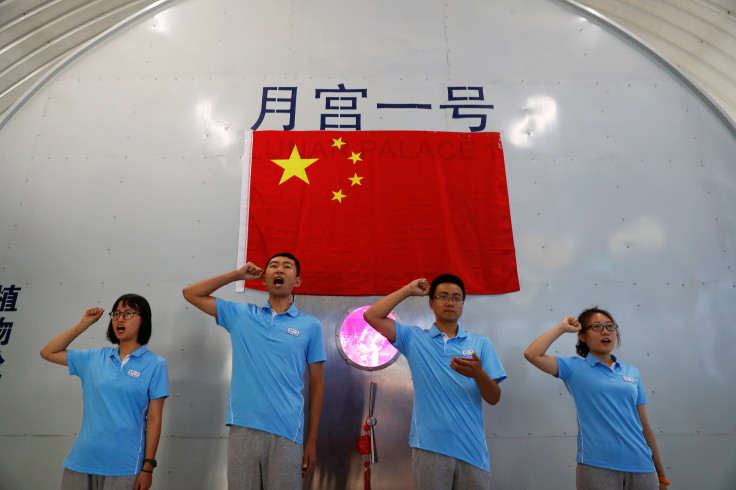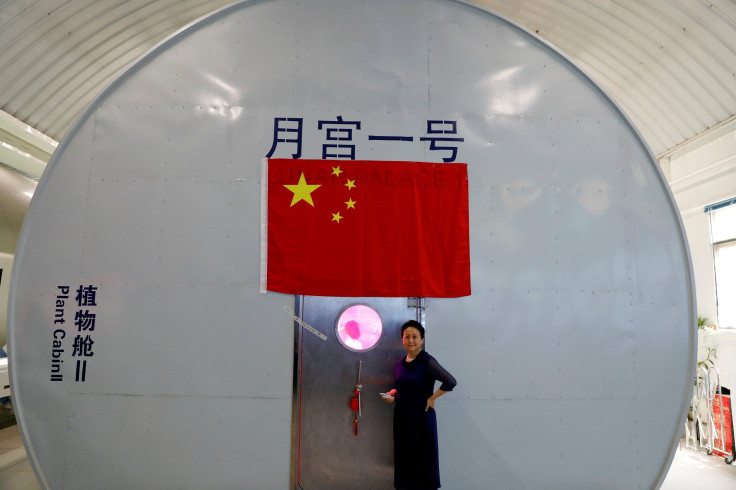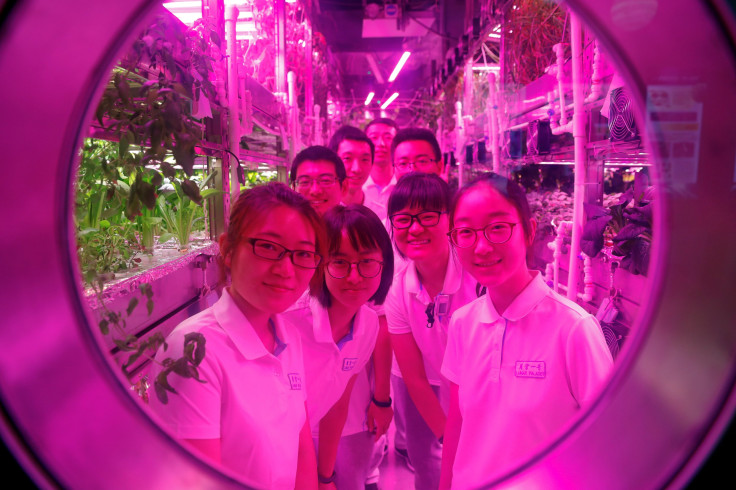Chinese Space Station Simulation In Beijing Backyard Gets 2nd Set Of Volunteers For 200 Days

Four aspiring Chinese astronauts began an experiment Sunday that will see them spending 200 days inside a space station simulation in a Beijing suburb. Designed to test human survival with limited resources in places far from Earth, the experiment will require the student volunteers to recycle everything — from organic and inorganic trash to human waste.
The experiment has been code-named “Yuegong-365” and is being conducted at Beihang University in north Beijing, China’s official news agency Xinhua reported Sunday. Two bunkers have been converted into quarters that replicate living in a space habitat, minus the zero gravity, and the whole set-up is called “Yuegong-1” (Lunar Palace-1). That is because the experiment will also test how China’s Bioregenerative Life Support System works in a moon-like environment. The idea is to develop a self-contained living space for astronauts when, in the future, they travel to and stay on other bodies like the moon or Mars, or wherever else.
Read: China’s Reliance On Long March 5 Rocket For Its Ambitious Space Program
The four volunteers are two men and two women studying at Beihang, which was formerly called Beijing University of Aeronautics and Astronautics. Liu Hong, a professor at the university who is the principal architect of the project, said all the requirements for human survival had been taken into account.
“We’ve designed it so the oxygen (produced by plants at the station) is exactly enough to satisfy the humans, the animals, and the organisms that break down the waste materials,” she told Reuters.
Other than the physical aspect of the experiment, the mental health and behavior of the volunteers will also be observed, which can be affected by both living in a confined space and the lack of sunlight for such a long period of time.

“They can become a bit depressed. If you spend a long time in this type of environment it can create some psychological problems.” Liu said, and speaking about the lack of sunlight, she added: “We did this experiment with animals... so we want to see how much impact it will have on people.”
The current batch of volunteers is the second to undergo the experiment, but the first batch was in the facility for a relatively much shorter 60 days. Liu Hui, a participant from the first batch that came out of Yuegong-1 on Sunday, told Reuters that during the experiment, she sometimes “felt a bit low” after finishing her duties for the day.
But that doesn’t seem to have dampened the spirits of the volunteers who entered the over 1700-square-foot-space. Liu Guanghui, a PhD student at Beihang, told Reuters they were happy to participate in the experiment as a way of getting closer to achieving their dreams of being astronauts.
“I’ll get so much out of this. It’s truly a different life experience,” she said.

The project’s team has found assigning a specific set of daily tasks to each volunteer helps keep them busy, and with their minds thus occupied, remain relatively happy.
Read: China’s First X-Ray Space Telescope To Study Black Holes, Gravitational Waves
China has an ambitious space program that includes a partially complete orbiting space laboratory along the lines of the International Space Station; landing a robotic probe on the far side of the moon in 2018 and a rover on Mars in 2020s; sending crewed missions to the moon; returning lunar samples and studying other planets in the solar system.
However, the indigenously developed rocket on which much of these planned activities depend, the Long March 5, failed its second launch attempt July 2. It did complete a successful launch in November, though.
© Copyright IBTimes 2024. All rights reserved.





















